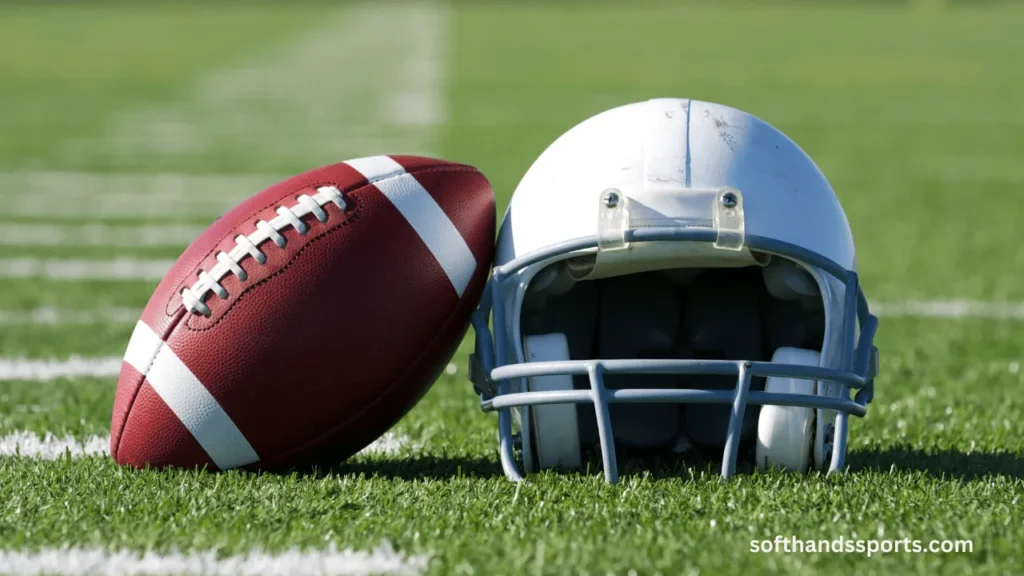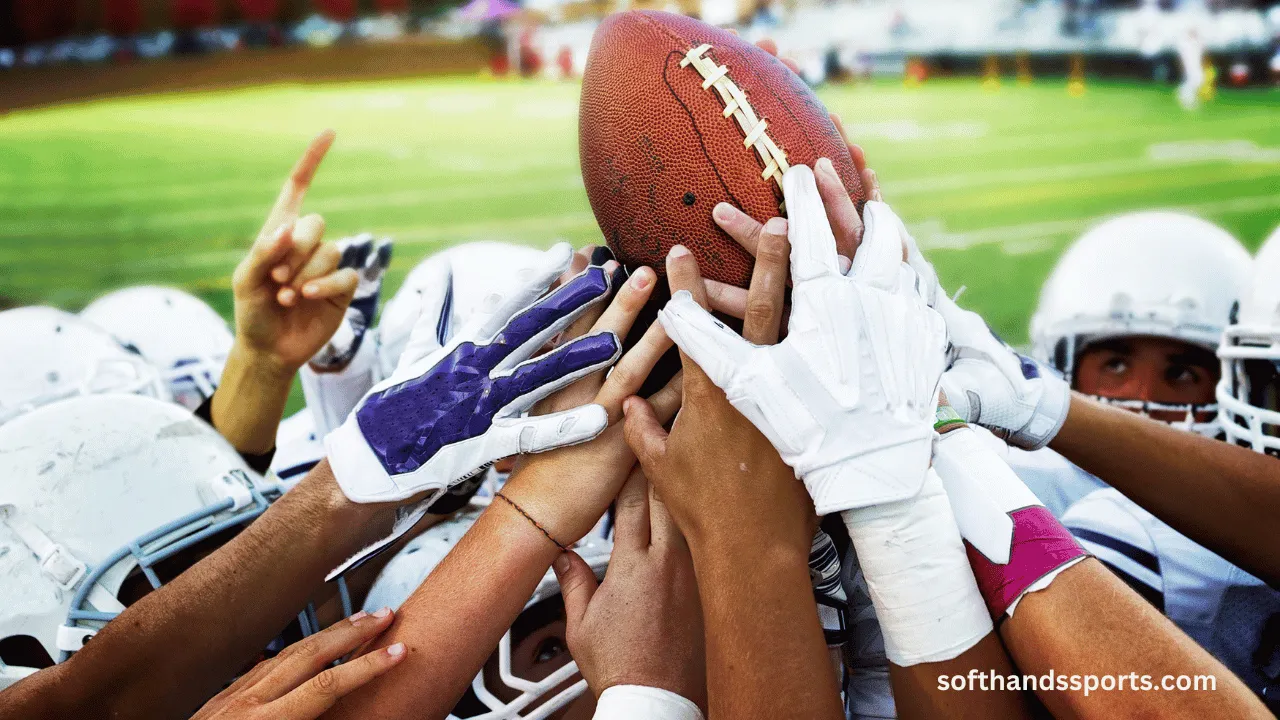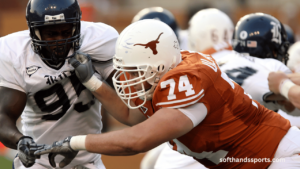Football, a sport passionately followed by millions around the world, is renowned for its various outcomes, including the possibility of a tie game.
In this meticulously detailed article, we will thoroughly explore the factors that contribute to the potential for football matches to end in a tie, the rules and regulations governing tie outcomes in different football leagues and tournaments, and the psychological, strategic, and implications of tied games on teams and competitions.
Contents
Understanding the Nature of Football
Football is a dynamic and exhilarating sport characterized by its fluidity, fast-paced action, and the potential for dramatic turnarounds. Matches are commonly played over two halves of 45 minutes each, with additional time added for stoppages and injuries.
The primary objective of the game is for teams to score more goals than their opponents within the regulation playing time. However, there are circumstances when both teams end the game with an equal number of goals, leading to a tie.
Factors Contributing to Tie Games
Several factors contribute to the occurrence of tie games in football. These include the defensive prowess of teams, tactical strategies employed by coaches, weather conditions, and the skill level of the competing teams.
In certain instances, both teams may exhibit a strong defensive performance, leading to a low-scoring or goalless draw. Additionally, adverse weather conditions such as heavy rain or strong winds can significantly influence the flow of the game and contribute to a tied outcome.
Rules and Regulations Governing Tie Games
The rules dictating tie outcomes in football vary depending on the specific league or competition. In many football leagues and tournaments, a tied game at the end of regulation time results in the allocation of points to each team.
For instance, in the English Premier League, teams are awarded one point each for a draw. However, in knockout stages of tournaments, such as the UEFA Champions League, a tied game may lead to extra time or a penalty shootout to determine the winner.

Implications of Tied Games
Tied games in football have significant implications for the teams involved as well as for the overall standings in a competition. From a team’s perspective, a draw can be seen as a missed opportunity to secure additional points, especially in a closely contested league title race or a battle to avoid relegation.
Moreover, tiebreakers such as goal difference and head-to-head records may come into play at the end of a season, making each drawn game a crucial factor in determining the final standings.
The Psychological and Strategic Impact
From a psychological standpoint, tied games can have contrasting effects on teams. For the team that was leading but conceded a late equalizer, a draw may feel like a defeat, impacting the players’ morale and confidence.
On the other hand, a team that managed to secure a draw after trailing for most of the game may view it as a resilient and hard-earned result, boosting their morale. Strategically, tied games prompt teams and coaches to reflect on their performance, tactics, and areas for improvement in subsequent matches.
The Role of Tiebreakers
In competitions where tiebreakers are employed to determine a winner after a drawn game, the pressure intensifies as the game enters extra time or a penalty shootout.
These tiebreaker scenarios often lead to dramatic moments and high-stakes situations, testing the composure and skill of players in a decisive fashion. The use of tiebreakers adds an extra layer of excitement and tension to the outcome of matches, captivating audiences and fans around the world.
Conclusion
In conclusion, football can indeed end in a tie, and this outcome is an integral part of the sport’s competitive nature. The occurrence of tied games not only reflects the balance of skill and strategy between teams but also adds complexity to the overall dynamics of football competitions.
Football’s potential for tie games underscores the unpredictability and drama that captivates fans and enthusiasts, making each match a compelling spectacle that transcends the boundaries of the sport itself.
In light of these considerations, the possibility of a tie in football serves as a reminder of the sport’s capacity to surprise, mesmerize, and deliver moments of exhilarating suspense, ensuring that football remains an enduring symbol of passion, skill, and unyielding competition.
Expounding on the multifaceted nature of tie games in football presents a rich and immersive exploration of the sport’s intricacies, enhancing our appreciation for its ever-evolving narrative and the enduring legacy it continues to forge on a global scale.
FAQs
What is a tie game in football?
A tie game in football, also known as a draw, occurs when both teams finish with the same number of goals at the end of regular playing time.
Do football leagues allow tie games?
Yes, many football leagues around the world allocate points to each team in the event of a tie game. The specific point allocation may vary by league but generally results in both teams earning a point.
What happens if a football match ends in a tie during a knockout tournament?
In knockout stages of tournaments, such as the UEFA Champions League, a tied game at the end of regular time may lead to extra time or a penalty shootout to determine the winner.
How do tied games impact the standings in football leagues?
Tied games can impact the standings in football leagues, especially in competitions where tiebreakers such as goal difference and head-to-head records come into play. The allocation of points for a draw can also affect a team’s position in the league table.
Are there psychological and strategic implications of tie games in football?
Tied games in football can have varied psychological effects on teams. For example, a team that secures a draw after trailing for most of the game may view it as a resilient and hard-earned result, boosting their morale. Strategically, tied games prompt teams and coaches to reflect on their performance and tactics for subsequent matches.








